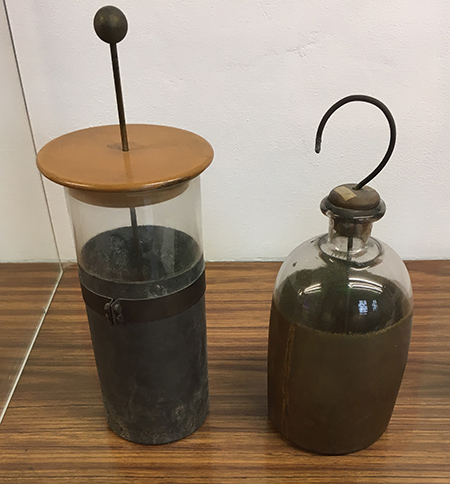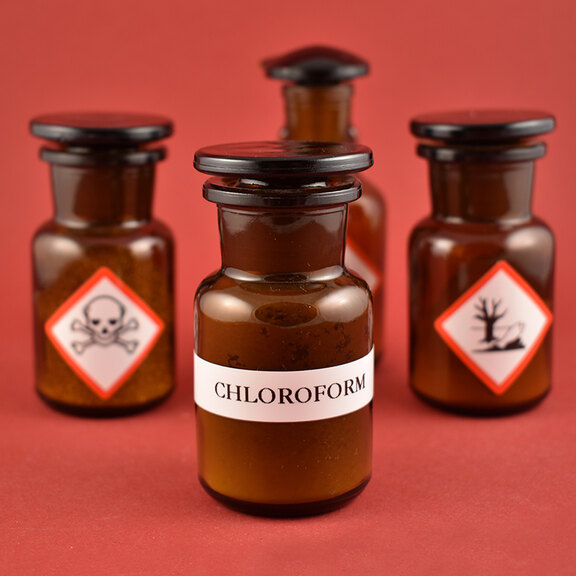Amateur physicist and cleric Ewald Georg von Kleist and physicist Pieter van Musschenbroek – independently from one another – made a discovery in the city of Leiden in 1745 and 1746 respectively: in experiments, they found that a certain arrangement of jars and metal parts would give them electric shocks. Kleist had put a nail in a jar filled with water and connected it to an electrostatic generator. When he removed the nail, he got an electric shock. Musschenbroek had a similar experience. The principle of the Leyden jar was born. For the very first time, it was possible to collect, amplify, store, and transport electrical charge. The really clever part: the jar had two conductive metal foils insulated from each other on its inner and outer surfaces. These were essentially the capacitor electrodes. The glass of the jar acted as the insulator between the two metal layers.
Concentrated charge: the capacitor principle
In its early days, the idea served nothing more than to amuse the public at fairs: the “Kleistian shock” was often used to demonstrate electricity, with a human chain being shocked by a Leyden jar. The test subjects started to twitch – and the audience was enthralled.
Otherwise, the Leyden jar was nothing more than a simple capacitor, like those used nowadays in almost all electrical appliances. Today, however, Leyden jars have long since been replaced by optimized designs and do not have much relevance. Because of their simple structure, they are mainly used as demonstration objects for educational purposes or in replicas of historical electrical devices.
Header: wikimedia, in the public domain





